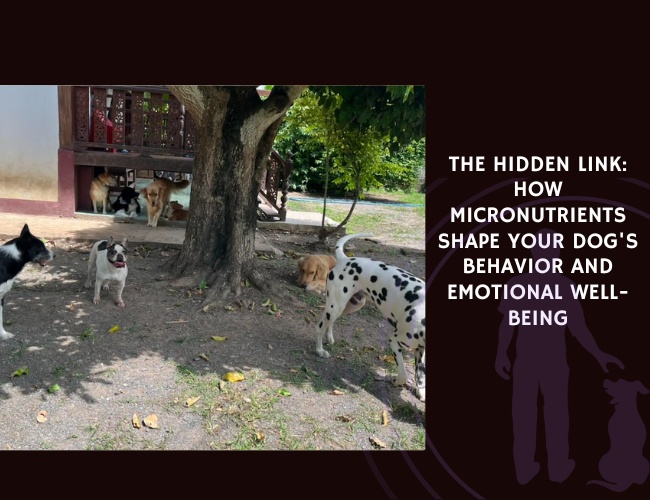In recent years, **eye-tracking studies** have provided valuable insights into how dogs perceive humans, social cues, and physical events. In a 2023 review, **L. Huber**, **L. Lonardo**, and **C. Völter** surveyed the field’s current achievements, technical limitations, and promising directions for future research. Published in Comparative Cognition & Behavior Reviews, their work maps a growing domain of **comparative cognition** that uses visual attention as a window into dogs’ mental processes.
The review covers findings on how dogs interpret **human faces, gaze, hand gestures, and emotional expressions**, as well as abstract events like **goal-directed motion and animacy**. Eye-tracking data have helped demonstrate that dogs, much like human infants, attend selectively to socially relevant stimuli and can detect violations in physical expectations.
However, the application of this human-derived technology to dogs is not without complications. The authors note issues such as **calibration difficulties**, **small sample sizes**, and the **artificial nature of experimental settings**. Dogs often require extensive training to tolerate the equipment, and researchers question whether viewing a photo equates to seeing a real-life object or person.
To address these challenges, the authors advocate for **dynamic stimuli**, **pupillometry**, **mobile eye-tracking**, and integration with **behavioral and neuroimaging methods**. Such innovations could enhance ecological validity and expand what we know about **how dogs see and understand their world**.
Source: L. Huber, L. Lonardo, C. Völter. Published in Comparative Cognition & Behavior Reviews, Volume 18, Pages 33–58, in 2023.









